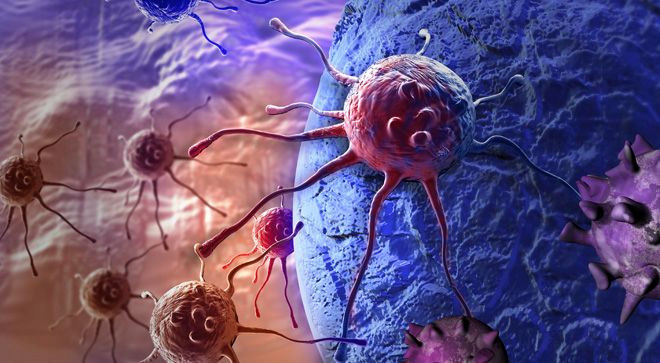News
Article
3 Cycles of Chemo as Beneficial as 6 in Pediatric Retinoblastoma
Key Takeaways
- Three cycles of chemotherapy showed similar efficacy to six cycles in preventing metastasis and death in high-risk retinoblastoma.
- The study reported fewer side effects and a lesser decline in quality of life in the three-cycle group compared to the six-cycle group.
Three cycles of chemotherapy were found to face similar results as six cycles among children with retinoblastoma, a type of cancer of the eye.
In children with high-risk retinoblastoma, treatment with three versus six cycles of chemotherapy had similar outcomes.

Among pediatric patients with pathologically high-risk retinoblastoma, three cycles of chemotherapy were found to have similar results to treatment with the standard six cycles of chemotherapy, researchers have reported.
Retinoblastoma is a type of cancer in the eye, particularly starting in the retina, according to the Cleveland Clinic.
Researchers, who published their findings in JAMA Network, studied the long-term efficacy of postsurgical carboplatin, etoposide and vincristine (CEV) in three or six cycles among 187 patients with a median age of 25 months.
At a median follow-up of 79 months, the five-year disease-free survival rate was 90.4% among the three-cycle group compared with 89.2% for the six-cycle group. Likewise, researchers reported that five-year overall survival rates were 91.5% and 89.3%. They further noted that the six-cycle group experienced more frequent side effects, a steeper decline in quality of life and increased costs.
“Results show that three cycles of CEV chemotherapy are as effective as six in preventing metastasis (spread of disease) and death, with fewer adverse effects and lower costs,” researchers concluded. “This suggests that three-cycle chemotherapy could become the new standard for unilateral retinoblastoma with high-risk features, potentially replacing the current six-cycle approach.”
Retinoblastoma, researchers stated in the study, is the most common malignancy in the eye among infants, and there are approximately 8,000 new cases globally every year.
LEARN MORE: Intra-arterial Chemo May Have Better Outcomes for Pediatric Retinoblastoma
The research was conducted at two eye centers in China between August 2013 and March 2024, with 94 patients receiving three cycles of chemotherapy and 93 patients receiving six cycles of chemotherapy after undergoing enucleation.
Researchers collected health-related quality of life data from 111 patients who were older than 2 years and stated that they observed a trend toward less decline in physical, emotional and social functioning in the three-cycle group six months after surgery, while at other points quality of life remained consistent in both groups.
In addition, researchers stated that total cost, direct cost and indirect cost were lower in the three-cycle group by 42.4%, 41.2% and 43% in the three-cycle group compared to the six-cycle group, with direct costs such as those for systemic chemotherapy, surgery, supportive treatment and examination and indirect costs such as accommodation, transport, meals and lost parental income.
Among the safety population during treatment, 80.6% of the three-cycle group experienced 282 toxic events, while 95.7% of the six-cycle group experienced 681 toxic events. In the three-cycle group, 78.5% experienced mild or moderate side effects, compared to 95.7% of the six-cycle group, with researchers noting that “the cumulative burden of hematological toxicities, including neutropenia and anemia, as well as nonhematological toxicities such as nausea and weight loss, was significantly reduced in the three-cycle group versus the six-cycle group. Furthermore, the frequency of [side effects] linked to neutropenia, nausea, vomiting and upper respiratory infections was observed to escalate from cycles 1 to 3 to cycles 4 to 6 in the six-cycle group.”
Reference
“Three vs 6 Cycles of Chemotherapy for High-Risk Retinoblastoma: A Randomized Clinical Trial,” by Dr. Huijing Ye, et al., JAMA Network.
For more news on cancer updates, research and education, don’t forget to subscribe to CURE®’s newsletters here.




